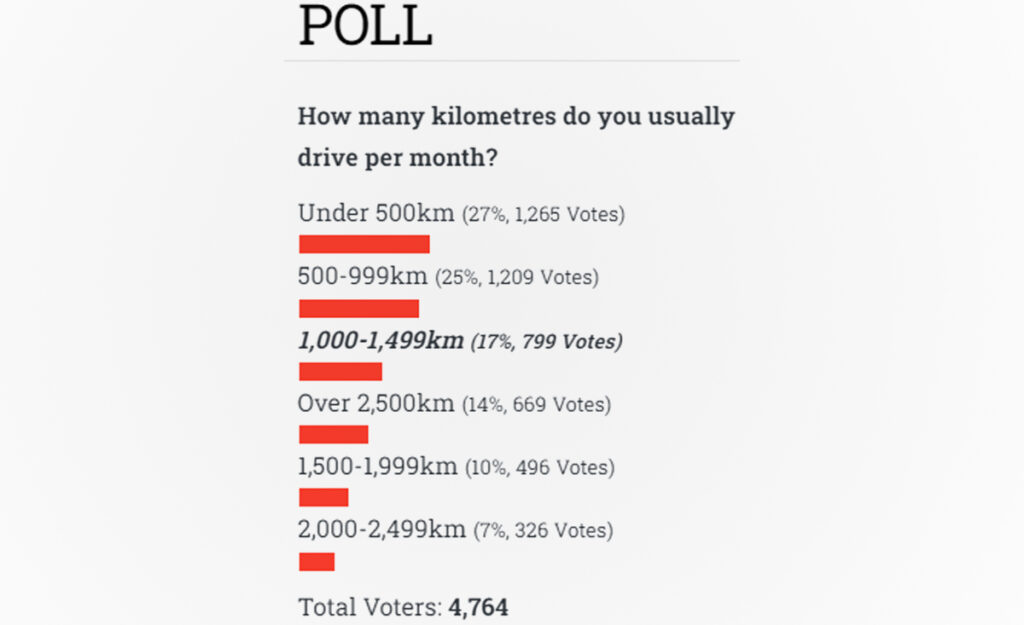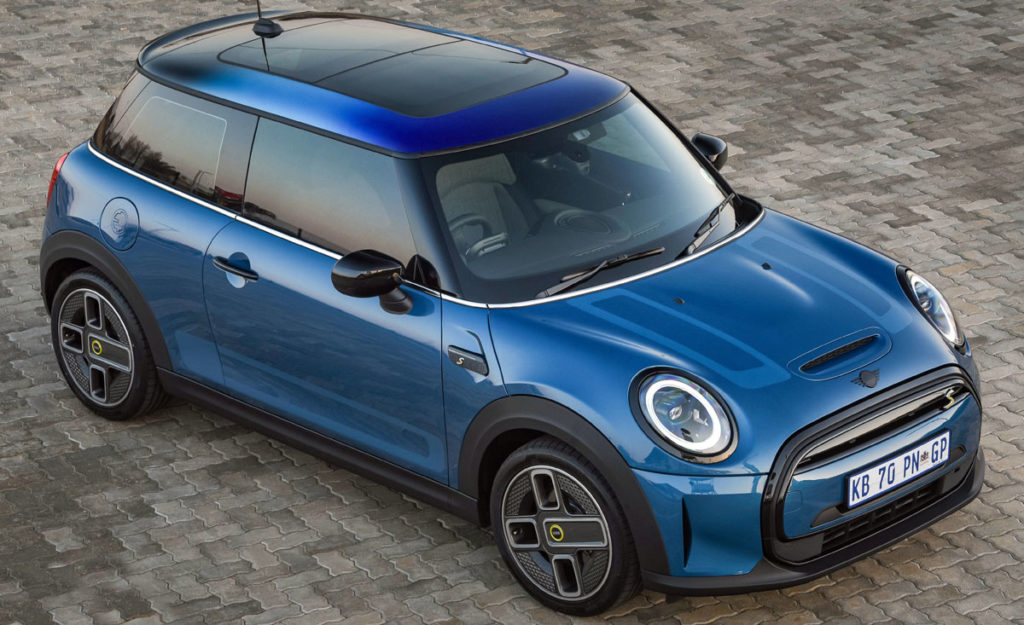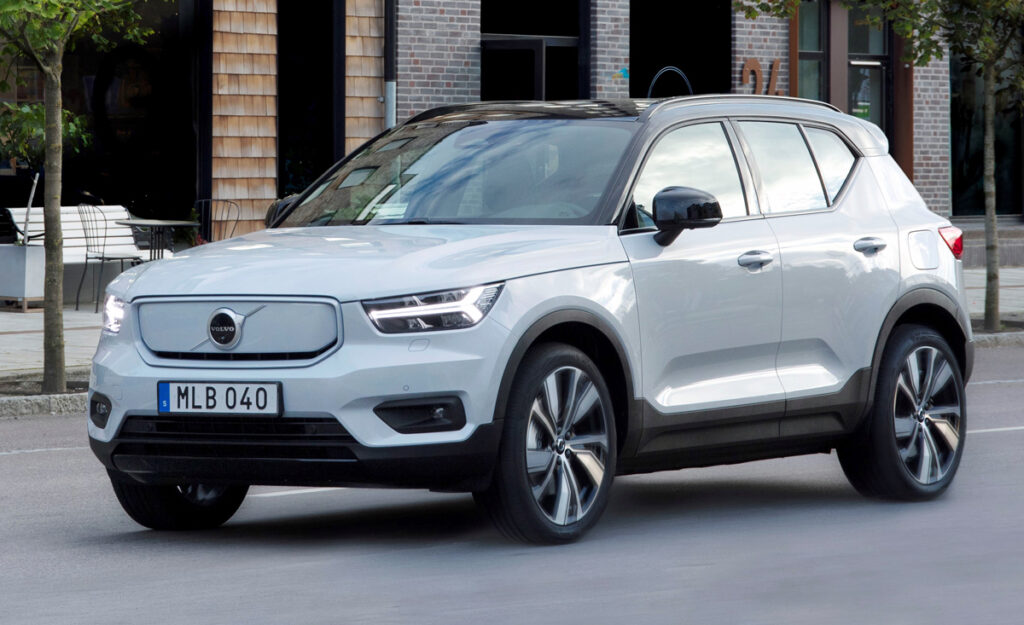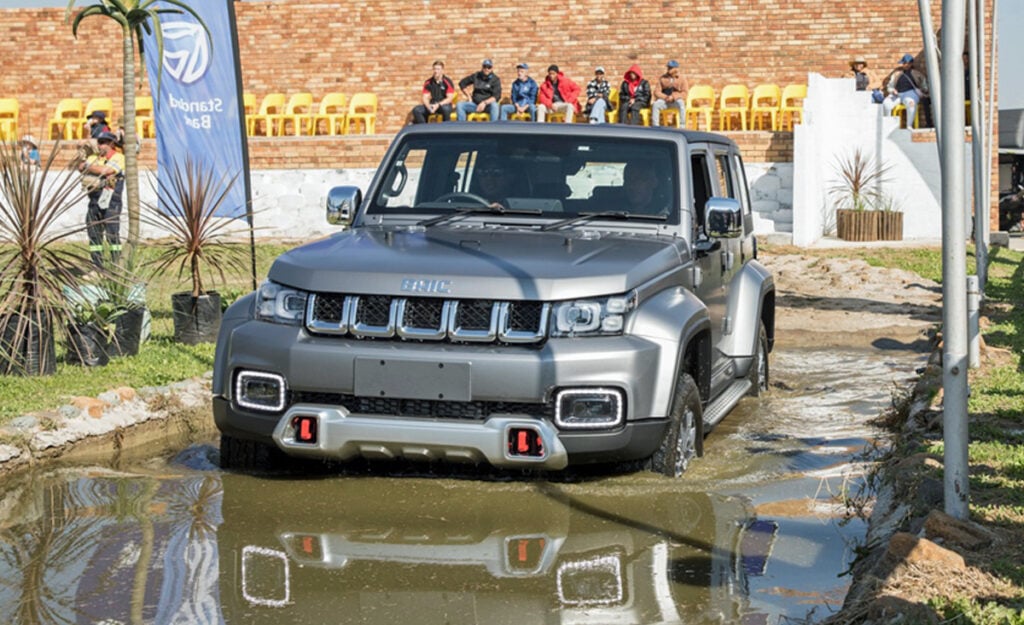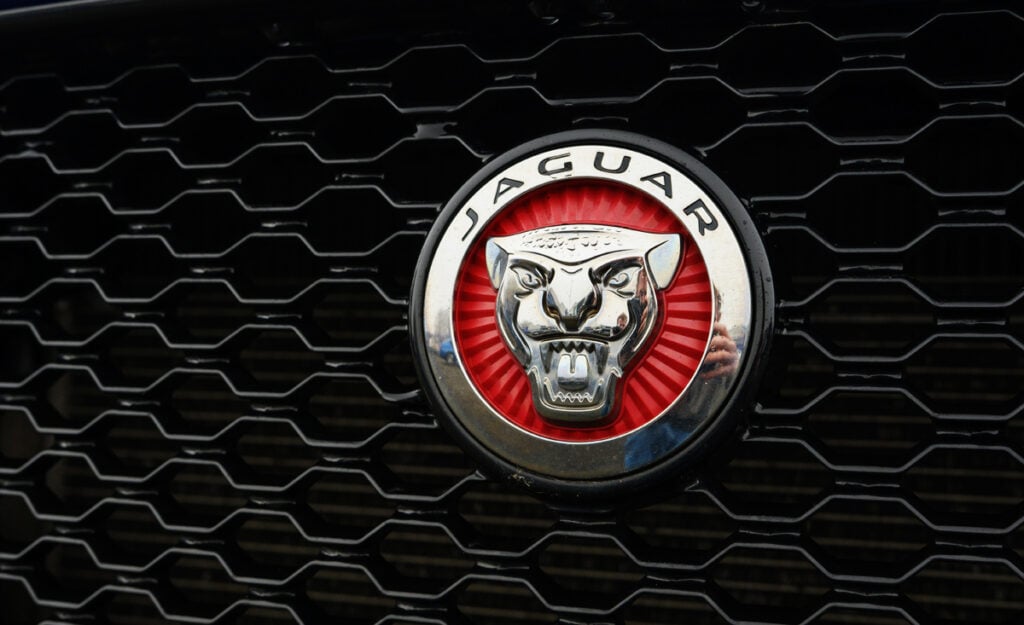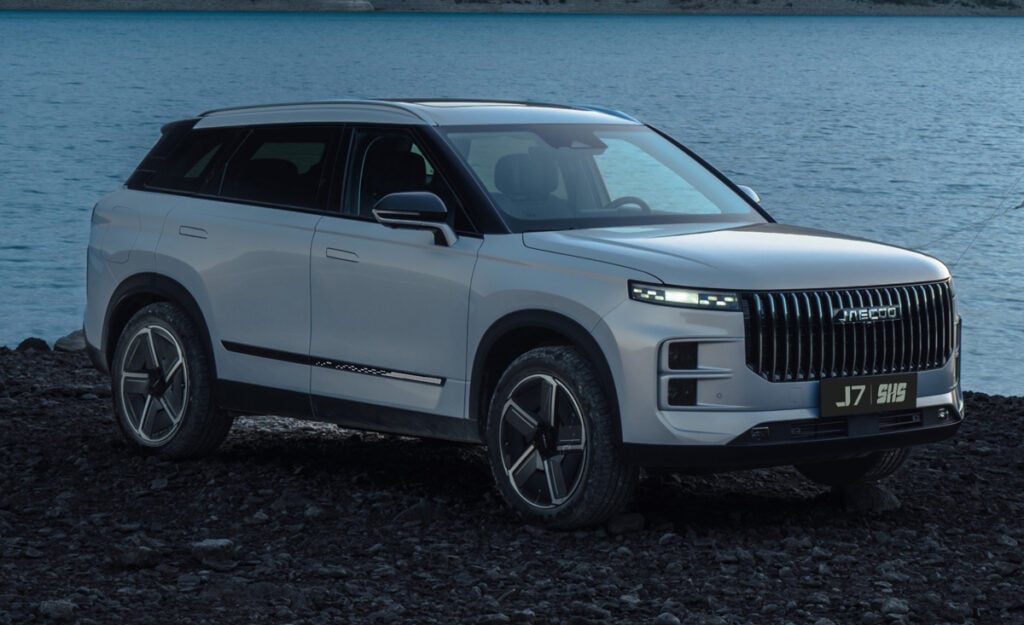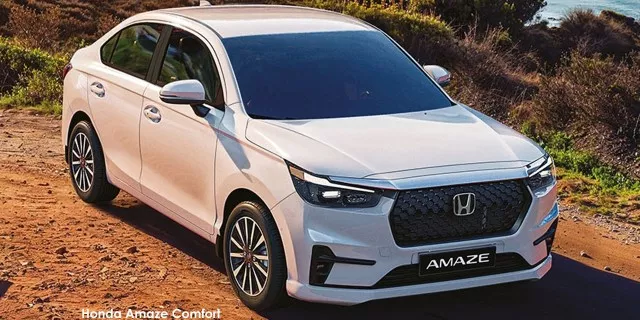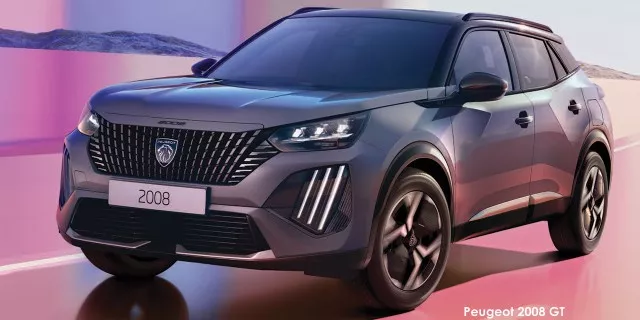How long it will take to recover the price gap between electric and petrol cars through charging

It will take anywhere from two to 81 years to make up the purchase price difference between that of an electric vehicle (EV) compared to an equivalent internal combustion engine (ICE) car, depending on the model you buy.
The main barrier currently standing in the way of EV adoption in South Africa is frequently cited to be the price of these cars, which on average is much higher than comparable ICE vehicles that run on petrol or diesel.
However, EVs are touted as being more affordable to operate and proponents of the futuristic technologies have stated that fuel savings over the life of ownership will go a long way in recovering the additional spend.
We wanted to find out just how long it’s going to take to make back all your money through charging alone.
The cars
The EVs chosen for this comparison were the most affordable battery-electric cars produced by the respective manufacturers. We then looked for ICE models from the same brand with similar body styles producing comparable power figures.
The vehicles that made the cut include:
- Audi – e-tron 55 and Q8 55TFSI
- BMW – iX3 and X3 xDrive30d
- Mercedes-Benz – EQA 250 and GLA 200d
- Mini – Cooper SE and Cooper S
- Porsche – Taycan and Panamera
- Volvo – XC40 P6 and XC40 B5
With the cars selected, we can assume that around 50% of South African motorists drive 1,000km or less per month, giving us a baseline average mileage for the calculation.
The numbers
Domestic electricity rates vary significantly across the country – in Johannesburg ranging from as low as R1.82/kWh up to R2.38/kWh, and in Cape Town from R2.98/kWh to R3.63/kWh – determined by how much a household burns through.
With this in mind, we averaged out the rates between the main metros getting a price-per-unit of R2.70/kWh when charging at home, whereas for public chargers we plugged in R5.88/kWh as that is the going rate on the GridCars charging network.
Regarding fuel prices, the current inland rates of R21.68/l for petrol 95 and R21.41/l for diesel 50ppm are used.
Detailed in the following sections are the expected timeframes for how long it will take to recover the purchase price difference between an EV and equivalent ICE, if today’s energy and fuel costs remain unchanged.
Audi – 2 to 4 years
| Specification | e-tron 55 | Q8 55TFSI |
|---|---|---|
| Price | R1,745,000 | R1,714,900 |
| Power | 300kW/664Nm | 250kW/500Nm |
| Driving range | 441km | 934km |
| Battery/tank size | 95kWh | 85 litres |
| Times refilled for 1,000km of driving | 2.27 | 1.07 |
| Charge/fuel used for 1,000km of driving | 215kWh | 91 litres |
| Cost to refill for 1,000km of driving | R582 (public = R1,267) | R1,973 |
The table shows that for every 1,000km driven on a monthly basis, the Audi e-tron 55 is between R706 and R1,391 cheaper to refill than the Q8 55TFSI, depending on whether the owner is juicing up at home or in public.
If we divide these monthly savings by the purchase price difference of R30,100 it equates to a timeframe of two to four years before the additional spend will be recovered solely through charging.
BMW – 4 to 11 years
| Specification | iX3 | X3 xDrive30d |
|---|---|---|
| Price | R1,306,400 | R1,256,840 |
| Power | 210kW/400Nm | 195kW/650Nm |
| Driving range | 461km | 1,030km |
| Battery/tank size | 80kWh | 68 litres |
| Times refilled for 1,000km of driving | 2.17 | 0.97 |
| Charge/fuel used for 1,000km of driving | 174kWh | 66 litres |
| Cost to refill for 1,000km of driving | R469 (public = R1,020) | R1,413 |
The table shows that for every 1,000km driven on a monthly basis, the BMW iX3 is between R393 and R945 cheaper to refill than the X3 xDrive30d, depending on whether the owner is juicing up at home or in public.
If we divide these monthly savings by the purchase price difference of R49,560 it equates to a timeframe of four to 11 years before the additional spend will be recovered solely through charging.
Mercedes-Benz – 33 to 81 years
| Specification | EQA 250 | GLA200d |
|---|---|---|
| Price | R1,174,000 | R883,568 |
| Power | 140kW/385Nm | 110kW/320Nm |
| Driving range | 493km | 843km |
| Battery/tank size | 66.5kWh | 43 litres |
| Times refilled for 1,000km of driving | 2.03 | 1.19 |
| Charge/fuel used for 1,000km of driving | 135kWh | 51 litres |
| Cost to refill for 1,000km of driving | R364 (public = R793) | R1,092 |
The table shows that for every 1,000km driven on a monthly basis, the Mercedes-Benz EQA 250 is between R299 and R728 cheaper to refill than the GLA 200d, depending on whether the owner is juicing up at home or in public.
If we divide these monthly savings by the purchase price difference of R290,432 it equates to a timeframe of 33 to 81 years before the additional spend will be recovered solely through charging.
Mini – 14 to 35 years
| Specification | Cooper SE | Cooper S |
|---|---|---|
| Price | R742,102 | R615,162 |
| Power | 135kW/270Nm | 141kW/280Nm |
| Driving range | 215km | 800km |
| Battery/tank size | 32.6kWh | 44 litres |
| Times refilled for 1,000km of driving | 4.65 | 1.25 |
| Charge/fuel used for 1,000km of driving | 152kWh | 55 litres |
| Cost to refill for 1,000km of driving | R409 (public = R892) | R1,192 |
The table shows that for every 1,000km driven on a monthly basis, the Mini Cooper SE is between R301 and R783 cheaper to refill than the Cooper S, depending on whether the owner is juicing up at home or in public.
If we divide these monthly savings by the purchase price difference of R126,940 it equates to a timeframe of 14 to 35 years before the additional spend will be recovered solely through charging.
Porsche – 30 to 52 years
| Specification | Taycan | Panamera |
|---|---|---|
| Price | R2,179,000 | R1,669,000 |
| Power | 300kW/345Nm | 243kW/450Nm |
| Driving range | 505km | 1,023km |
| Battery/tank size | 93.4kWh | 90 litres |
| Times refilled for 1,000km of driving | 1.98 | 0.98 |
| Charge/fuel used for 1,000km of driving | 185kWh | 88 litres |
| Cost to refill for 1,000km of driving | R499 (public = R1,088) | R1,907 |
The table shows that for every 1,000km driven on a monthly basis, the Porsche Taycan is between R820 and R1,408 cheaper to refill than the Panamera, depending on whether the owner is juicing up at home or in public.
If we divide these monthly savings by the purchase price difference of R510,000 it equates to a timeframe of 30 to 52 years before the additional spend will be recovered solely through charging.
Volvo – 16 to 29 years
| Specification | XC40 P6 | XC40 B5 |
|---|---|---|
| Price | R1,075,000 | R840,000 |
| Power | 170kW/330Nm | 183kW/350Nm |
| Driving range | 418km | 711km |
| Battery/tank size | 69kWh | 54 litres |
| Times refilled for 1,000km of driving | 2.39 | 1.41 |
| Charge/fuel used for 1,000km of driving | 165kWh | 76 litres |
| Cost to refill for 1,000km of driving | R446 (public = R971) | R1,647 |
The table shows that for every 1,000km driven on a monthly basis, the Volvo XC40 P6 is between R676 and R1,201 cheaper to refill than the XC40 B5, depending on whether the owner is juicing up at home or in public.
If we divide these monthly savings by the purchase price difference of R235,000 it equates to a timeframe of 16 to 29 years before the additional spend will be recovered solely through charging.

